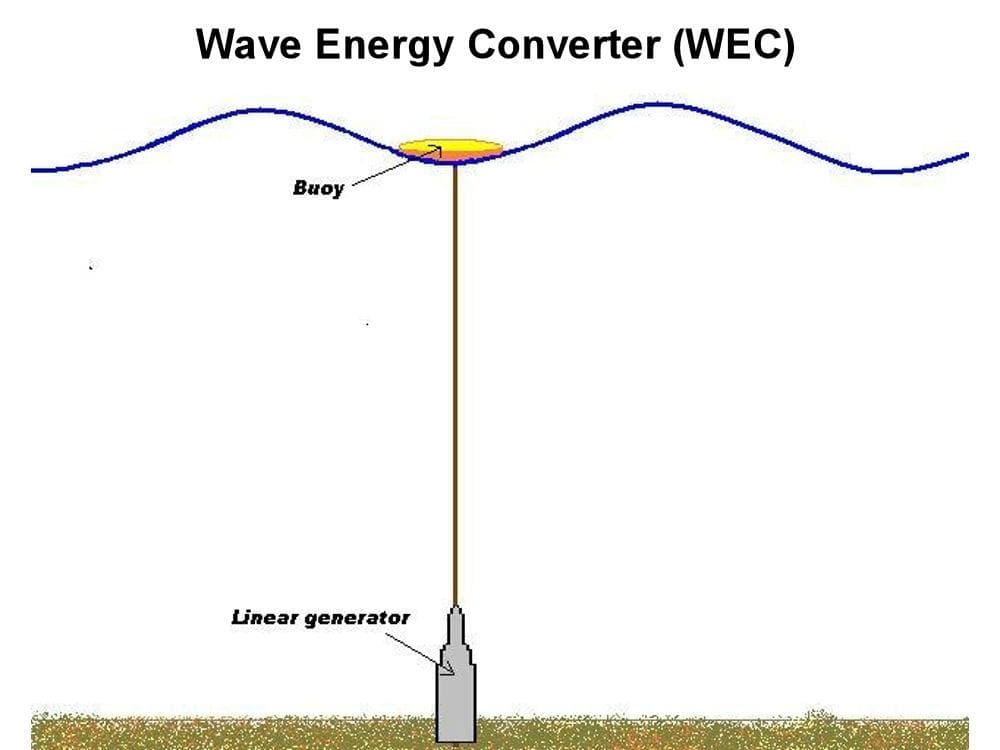The Administration’s stated goal for the energy transition is an energy system with “Net Zero” CO2 emissions after conversion of all energy end uses to all-electric systems. I often find, when trying to visualize a situation such as this, that it is helpful to visualize the end point of the transition and then analyze what had to be done to reach that end point. Such visualization and analysis are almost impossible in this situation because the possible paths from the current situation to the end point are dependent upon the development and implementation of several non-existent or non-commercial or non-economical technologies, not all of which are likely to be successfully developed and implemented at scale.
The technologies of concern include: offshore wind (fixed and floating); Carbon Capture Utilization and Storage (CCUS); Direct Air Capture (DAC); medium-duration and long-duration electricity storage; green hydrogen; Distributed Emission-Free Resources (DEFR); and, Small Modular Nuclear Reactors (SMR). Other technologies, less often discussed, include: dry hot rock geothermal; Ocean Thermal Energy conversion (OTEC); and, wave energy. Which of these technologies are successfully and economically developed and the timing of their availability would have a major influence on the end point of the proposed transition.
Offshore wind (fixed to the sea bed) is an established technology in Europe, although a variety of factors have recently increased its costs to prohibitive levels, which has caused the developers to cease proposing new installations until government subsidies and incentives are increased dramatically. The development of offshore wind off the US East Coast has similarly seen costs increase to prohibitive levels, causing several developers to withdraw from existing Power Purchase Agreements (PPAs), while other developers have halted planning for larger proposed projects. These problems have been compounded by excessive maintenance and repair expenses or newer, larger offshore wind turbine installations in Europe. Floating offshore wind projects off the US West Coast await design and testing of floating platforms and mooring systems.
CCUS has been demonstrated in several small-scale installations, all of which have been extremely expensive and have been limited to low percentage carbon capture. Experiments indicate that high percentage carbon capture would require high parasitic power consumption, rendering them uneconomic. DAC is under development in numerous projects. However, the major challenge for DAC is the large amount of atmospheric air that must be processed per unit of CO2 extracted. There is also growing resistance to the construction of the pipelines necessary to transport the CO2 removed by either process to the underground storage facilities. The success of CCUS and DAC would be essential to the continued use of fossil fuels in electric generation.
Existing battery storage technology is limited to an approximate 4-hour discharge cycle, though longer duration could be achieved by staging banks of 4-hour batteries. Medium duration batteries (4 to12-hour duration) are under development. Long-duration batteries would be required to accommodate the seasonal variation in wind and solar capacity factors. The only existing technology suitable for this application is pumped hydro storage, but there is strong resistance to the construction of pumped hydro facilities. Other approaches are in early development stages.
Green hydrogen offers the potential for both power generation and vehicle propulsion applications. However, production of green hydrogen requires both pure water and large quantities of electricity. This would likely require sea water desalination followed by electrolysis. These processes face significant efficiency challenges.
Distributed Emissions-Free Resources (DEFRs) remain undefined, though they might well include small modular nuclear generators (SMRs). Therefore, they can only be considered “placeholders”.
Designing and building a reliable energy system on a tight time schedule based on non-existent, non-commercial and non-economical technologies is a massive and unreasonable challenge.
